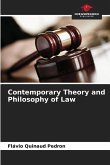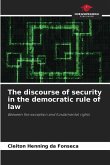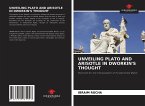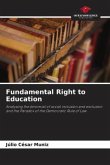The legal system is a normative system of rules and principles. Rules and principles, therefore, are different kinds of norms (ALEXY, 2008). Understanding the differences between these two types of norms in terms of their content, normative structure and forms of application is fundamental to resolving conflicts. Robert Alexy's theory of principles, also with special reference to Ronal Dworkin's theory of principles (DWORKIN, 2012), guided this research in order to answer the question of what the normative structure of Article 5 (LVII) of the Constitution is, namely whether this constitutional provision is a rule or a principle. The normative distinction implies key developments for resolving the conflict faced by the Federal Supreme Court in the judgement of Habbeas Corpus 126.292-SP, deciding in the specific case whether it is possible to serve a sentence in advance of a final and unappealable criminal sentence.








